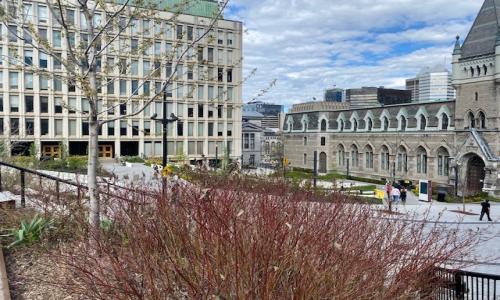With mortgage rates continuing to be at historic lows, it’s no wonder that millions of homeowners are refinancing their homes to take advantage of these low rates. But does it really pay to refinance your home more than once in a short period of time?
According to The Wall Street Journal, there are more than two million homeowners who have refinanced their mortgage loans at least two times since 2009. Between the years of 2006 and 2008, more than three million homeowners refinanced their home two times or more. That is because the mortgage rates continued to drop below their expectations through the years and it made financial sense to refinance several times to save money over the term of their loan. This is referred to as “serial refinancing” and many banks and lenders have helped homeowners save money by waiving closing costs when they refinance their mortgage loan.
Refinancing is a much viable option now than it was at the height of the housing boom. According to Freddie Mac, more than 85 percent of the mortgage borrowers who refinanced during that time ended up with a loan amount that was higher than their balance because they decided to take out some extra cash at the time as well. In order to do this, many borrowers agreed to thousands of dollars of closing costs and a large fee if they decided to pay off their mortgage early. During those days, it was only prudent to refinance your mortgage if you could save at least two percentage points on your interest rate and if you planned on staying in your home long enough for the lower monthly payments to break even with the upfront costs that refinancers had to pay.
These days, however, homeowners are refinancing their mortgages when they can save as little as three-eighths of a point. One homeowner – Dean Spalding – is also a financial executive in Kentucky. He has refinanced his 15-year loan four times in the last three years. Two of those times were in the last year alone. He has a balance of $350,000 on his home and he has been able to reduce his mortgage rate from 4.25% to 2.875% by refinancing. His last refinancing effort has given him a savings of $150 on his monthly payments.
But it can’t be that easy, right? There is a small catch. In exchange for waiving the closing costs, the lender has to do something to make up for that loss of revenue. As a result, many of them are increasing the rate that you qualify for by about 0.25%. That differs depending on the actual lender, but that’s what many of them are starting at. But that’s a small price to pay in exchange for getting a much lower mortgage rate that will save you money in the long run. This exchange is also helping the banks bring in business during a time when mortgage applications are significantly down.
Interested in refinancing? Check out the best rates where you live.
Is serial refinancing worth all the trouble? Or would you rather pay the extra percentage point or two in order to avoid all of the paperwork involved in a refi?












Add your Comment
or use your BestCashCow account